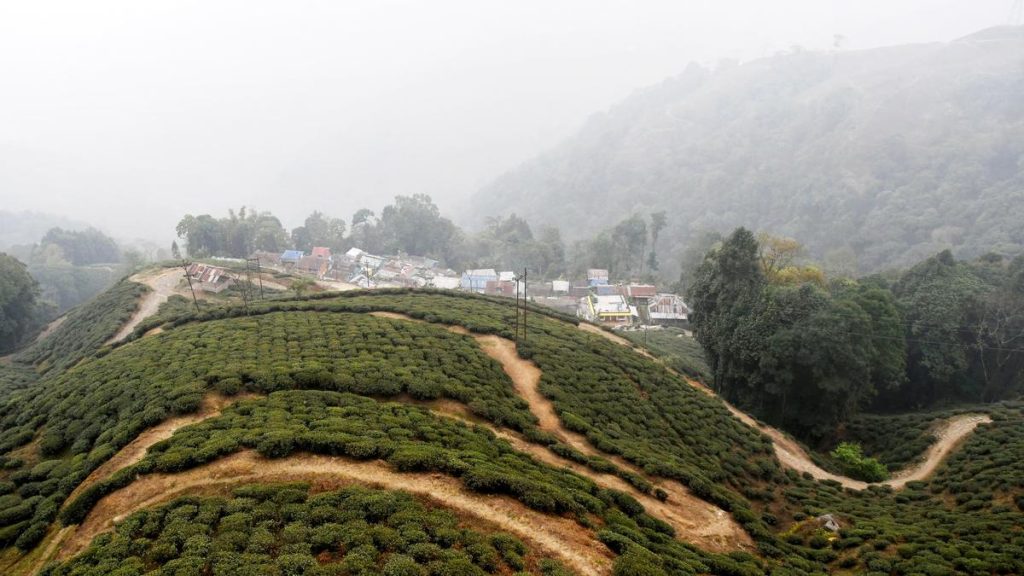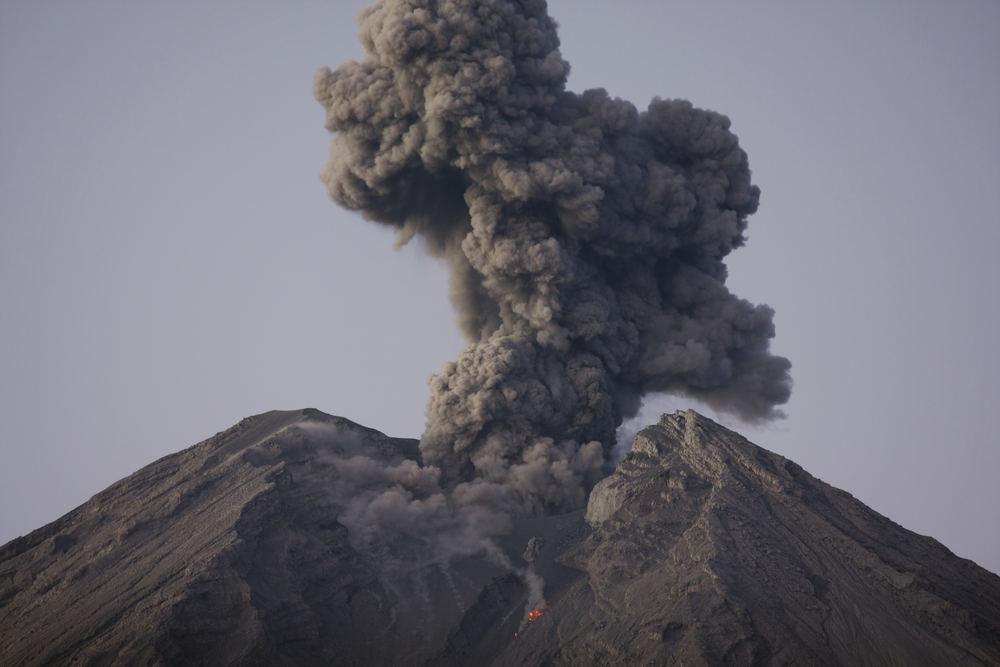Now Reading: Hydrothermal System Linked to Life’s Recovery After Chicxulub Impact
-
01
Hydrothermal System Linked to Life’s Recovery After Chicxulub Impact
Hydrothermal System Linked to Life’s Recovery After Chicxulub Impact

Rapid Summary
- The chicxulub asteroid impact, occurring 66 million years ago, led to the extinction of up to 70% of life on Earth, including dinosaurs.
- The asteroid collision caused atmospheric disruptions and oceanic dysfunction for at least 500,000 years by halting photosynthesis and triggering large-scale cooling.
- Within decades of the collision, local waters near the Gulf of Mexico site showed rapid recovery due to a hydrothermal system created by the impact’s melt sheet.
- This hydrothermal system funneled nutrients into surrounding marine environments for approximately 700,000 years.This accelerated biological recovery was faster locally than in other regions globally.
- Research traced osmium levels in sediment samples from core drilling at the crater site.Osmium served as a nutrient tracer explaining how recovery was aided by enriching ocean ecosystems above.
- Scientists note that initially plankton species adapted to high-nutrient environments dominated; later species better suited for low-nutrient conditions emerged over time.
- Findings suggest similar asteroid-induced hydrothermal systems could perhaps catalyze life on other planets under suitable conditions.
Read More: Two Asteroids May Have Wiped Out The Dinosaurs
Indian Opinion Analysis
The recent study examining biological recovery after the Chicxulub asteroid impact offers significant insights into resilience mechanisms following global catastrophes. For India-a nation actively advancing space sciences-research like this underscores how extraterrestrial impacts can forge pathways for life even amid destruction. Thes findings also highlight potential implications for astrobiology and understanding Earth’s capacity to recover from ecological crises.
India’s growing initiatives in planetary exploration (e.g., Chandrayaan missions) benefit directly from such knowledge as they seek evidence of life-supporting mechanisms elsewhere in our solar system. Moreover, lessons from humanity’s remote past emphasize climate’s critical role in ecosystem stability-a key takeaway as India navigates ongoing environmental challenges amid development priorities.
Read More: Did a dust Plume Kill the Dinosaurs?



























